Joanna & Stephen
Things To Do
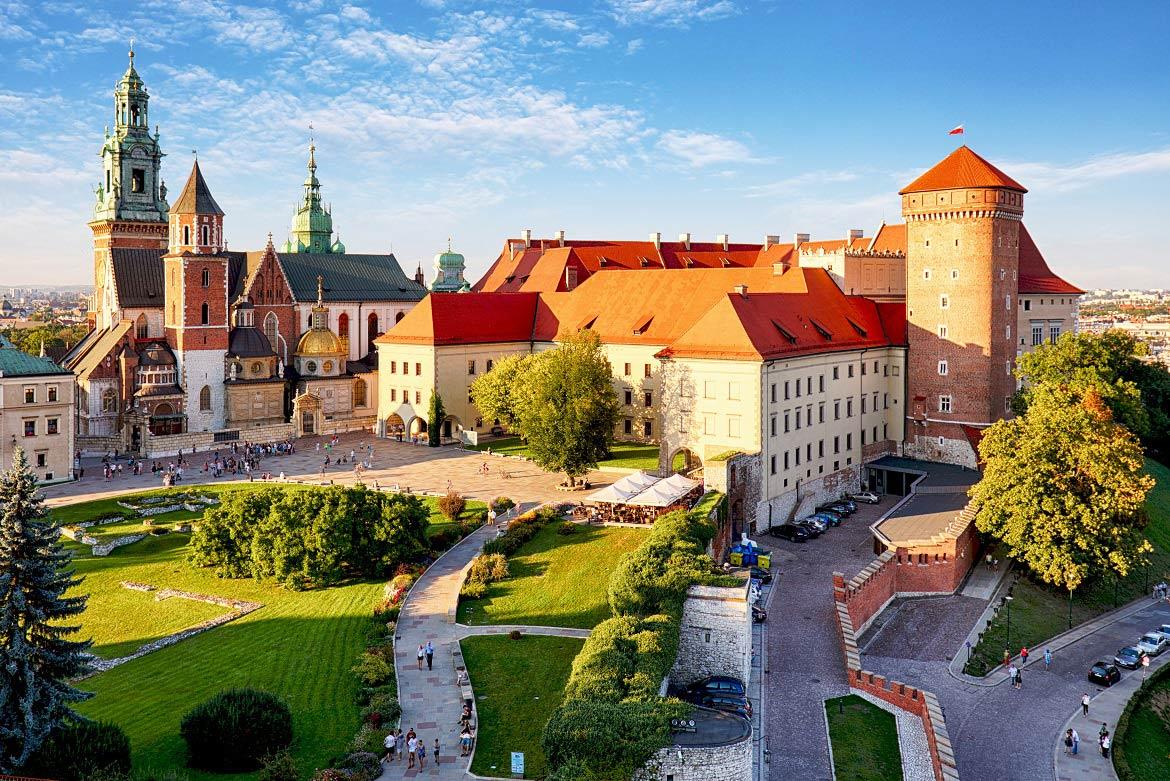
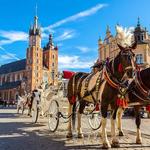
Main Market Square
The Main Square, also known as Main Market Square, is the biggest Medieval plaza in Europe. Its 40,000 square meters are truly astonishing. Designed in 1257, it's considered Kraków’s city center and has an important historical, cultural and social significance. It is worth exploring both during the day and at nighttime, where you’ll enjoy it's lively atmosphere and it's charming open-air bars and restaurants. At nighttime, the buildings flanking the square and the Cloth Hall are beautifully lit up. It is considered by many as one of the most romantic corners of Kraków. If you visit the square just before the hour changes, you’ll enjoy St. Mary’s Church hourly bugle call or “Hejnal Mariacki” in Polish.
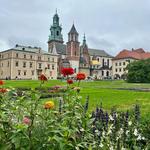
Wawel Royal Castle
The Wawel Royal Castle and the Wawel Hill constitute the most historically and culturally important site in Poland. For centuries the residence of the kings of Poland and the symbol of Polish statehood, the Castle is now one of the country's premier art museums. Kraków used to be the capital of the country, and the centuries when it was, Poland was a magnificent empire stretching from the Baltic Sea to the Black Sea. In the cathedral (separate tickets from the castle), see all the artistic graves, climb the bell tower, and count all the different architectural styles you can find in each side chapel. In the castle: take the State Room tour (the best) and any other exhibition that interests you. Make sure to find the Wawel dragon, which still spits out fire!
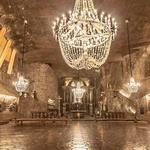
Wieliczka Salt Mine
The Wieliczka Salt Mine Tour is definitely worth visiting. It is a fascinating and unique attraction that offers visitors a glimpse into Poland's rich history and culture. This mine was in operation from the 13th Century, up until 1996. It is full of ramparts, sculptures, art, cafe, cathedrals, multiple chapels, a Museum and even a lake! In the 13th century, Salt was better than a Gold Mine. Salt is the flavor of life and everyone needed some of it for treating fish so they would keep, flavoring foods, and so many other uses. Naturally these mines were run by nobles, so be sure to stop by the Wieliczka Castle nearby on your way out. Because it has been mined, it was mined for so many centuries, there are a lot of residual tunnels. These residual tunnels are what the tourists get to walk through and what make up the cathedrals, statues and so forth.
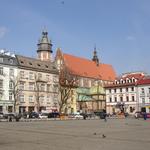
Kazimierz
The area with the city’s best nightlife scene, full of small bars, each with its own unique atmosphere. At the center of it (Plac Nowy) are a number of vendors serving food all night. We recommend trying Zapiekanka (a version of late night pizza, yet nothing like pizza) if the mood strikes you in between drinks.
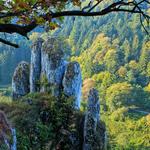
Ojcowski National Park
Ojców National Park (Ojcowski Park Narodowy) may be the smallest park in Poland, but it packs two castles, several caves, countless rock formations and oodles of bucolic hikes into its 21.5 sq km. The flora in the park is beech, fir, oak and hornbeam forest, and the fauna a diverse mix of small mammals, including badgers, ermines and beavers. This postcard-worthy park is one of the most beautiful areas of the Kraków−Częstochowa Upland.
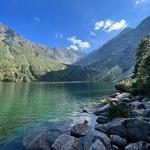
Zakopane
A wonderful day trip option, 1.5 hours to the south of Kraków, is Zakopane (za·kow·paa·nuh) - one of the most beautiful mountain destinations in Europe. Zakopane is a resort town in southern Poland, at the base of the Tatras Mountains. It’s a popular departure point for winter sports and summertime mountain climbing and hiking. Kasprowy Wierch and Gubałówka, reachable by cable car and funicular, are nearby ski destinations offering sweeping mountain views. The town is also known for its turn-of-the-20th-century wooden chalets, symbols of Zakopane-style architecture. Although known as the winter capital of Poland, Zakopane is filled with things to do year-round - from breathtaking hikes in Tatras National Park (a UNESCO recognized site) to relaxing thermal baths. Zakopane is accessible from Kraków via train (2h) and car (1.5h).
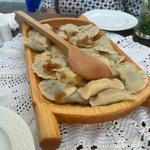
Kraków Restaurant & Bar Suggestions
There are several bars, restaurants, and clubs in and around the pedestrian streets off of the main square; feel free to explore on your own or try one of these options: Szara Gęś - classic, sophisticated, modern. Copernicus, Szara, and Wesele - upscale polish restaurants, each with a modern twist. Goscina Chata & Morskie Oko - cozy restaurants with original traditional polish dishes Wierzynek - the oldest restaurant in Kraków and one of the oldest in Europe Pijalnia Wódki i Piwa – shot bar - perfect for a casual, quick stop before going out. Charlotte, Miedzymiastowa, Dym, and Loch Camelot - all charming restaurants for brunch Boskaiola and Boccanera - if you are craving Italian food while in Poland Babcia Malina - Get a taste of the polish countryside. Casual options with self service. Mercy Brown – speakeasy bar in Krakow. Burlesque shows. Reservations recommended.